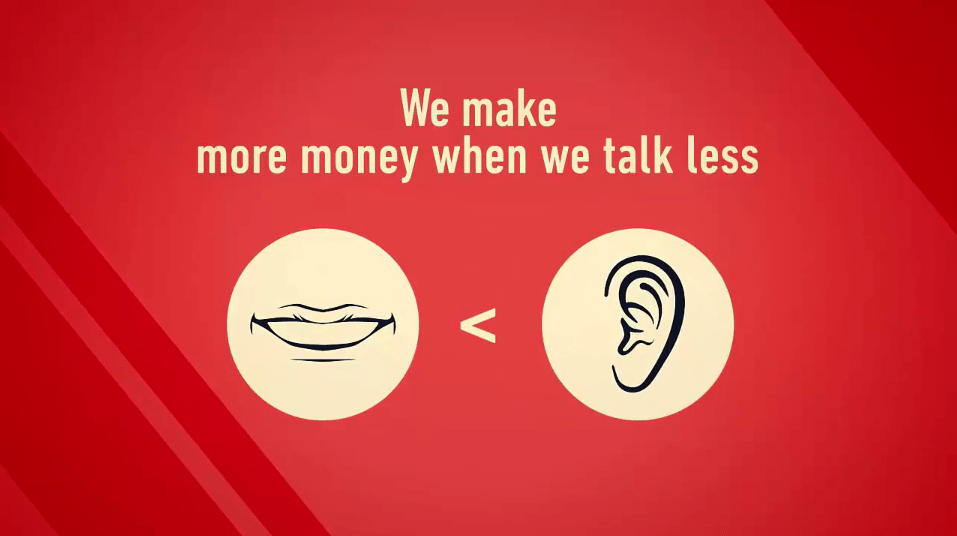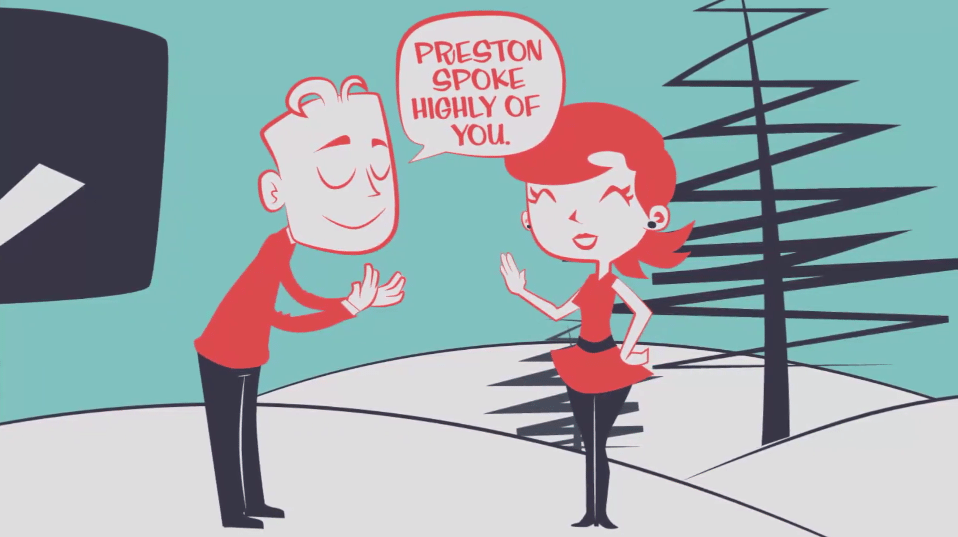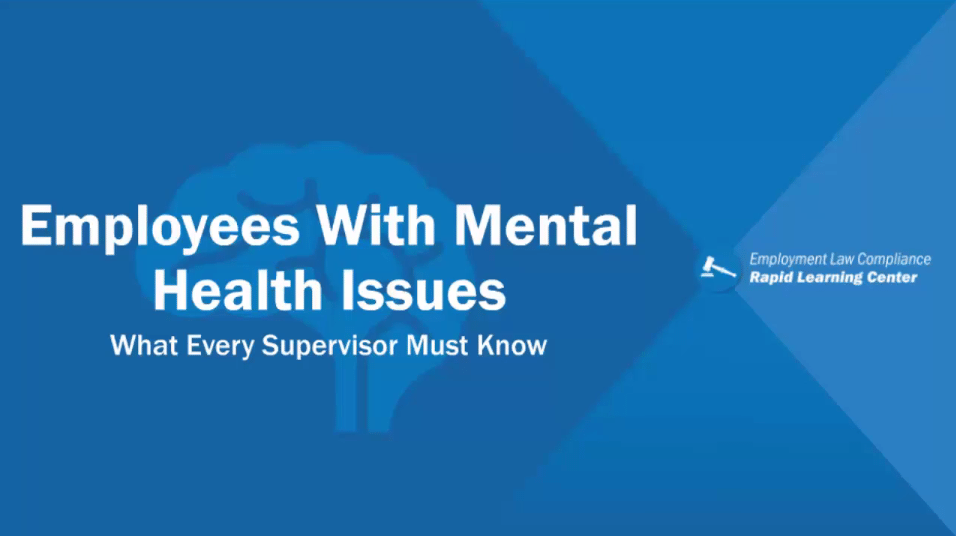How to Conduct Effective Exit Interviews: A Technique for Finding the REAL Reason Employees Leave
Exit interviews are supposed to reveal useful information you can use to improve your company and your retention rates. Learn the psychology behind why they seldom work and a technique to get far superior results.






































